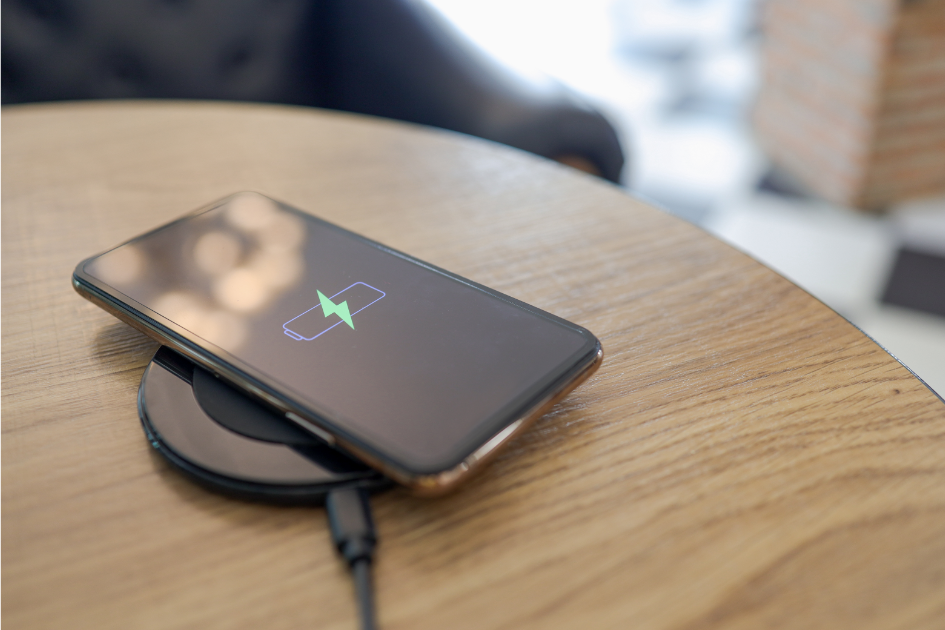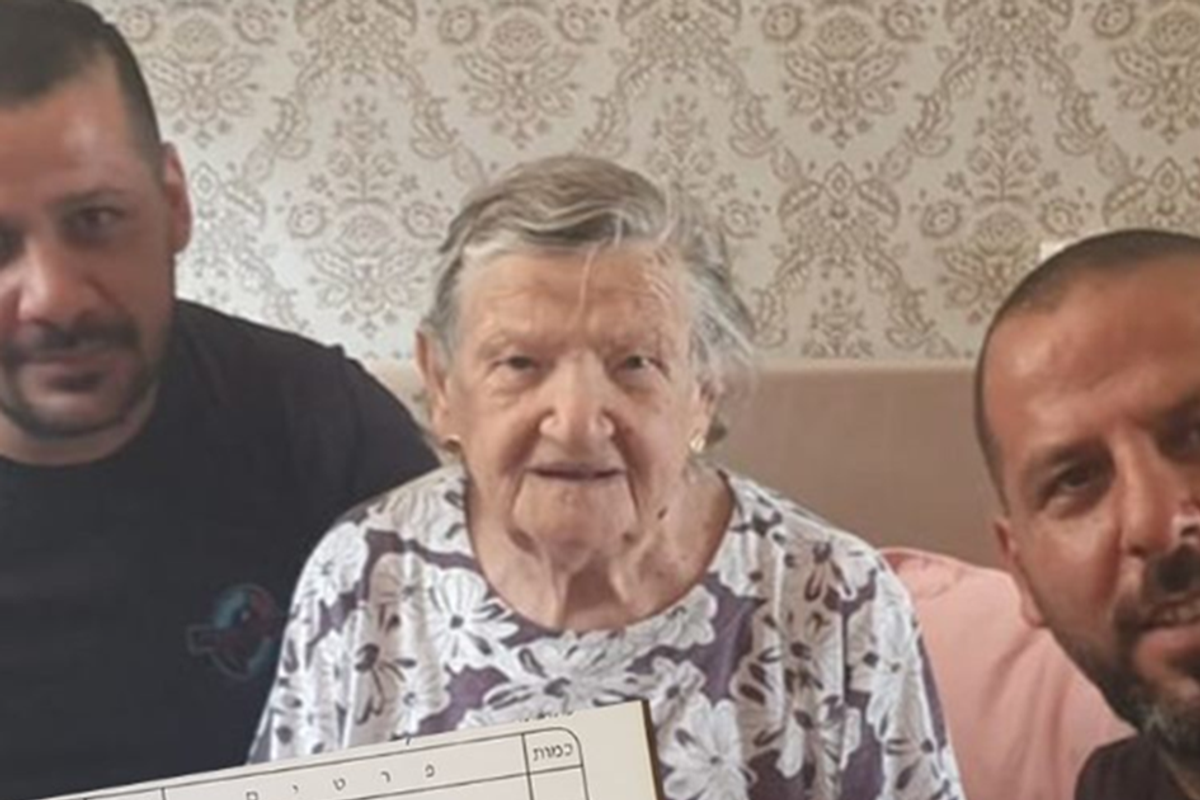Mom admits the struggle of having a son with a different last name and so many moms feel seen
"It does hurt sometimes."

News reporter Kayla Sullivan was wrapping gifts and addressing Christmas cards to her son’s teachers late one night when she decided to share something with her many followers that was different than her usual content.
She’s become famous for doing “news reports” featuring the lighter side of parenting. “Going live” from her home and various day-to-day destinations using household items as props. But in this particular video, she instead shared about feeling sad and embarrassed about having a different last name than her four-year-old son.
The feelings were prompted by needing to write “Alan’s mom” in parenthesis when signing the cards for his teachers.
“I told myself I’d probably delete the [Instagram] story in the morning and regret getting this vulnerable on social media," Sullivan told Parents. "Instead, I woke up to so many people with kind things to say or stories that genuinely offered great advice.”
“About three weeks ago, I was crying and was writing Christmas cards to my son's teachers and feeling really embarrassed because I felt the need to put Allan’s mom in parenthesis because my last name doesn’t match my son’s,” the video begins.
“I was never married to my son’s father, but I did give my son his last name. I don’t regret that… I just got engaged, and I’m going to be taking his last name. His son has his last name, and I don’t want my son to feel like the oddball out, so we will not be putting our last name on Christmas cards. I don’t want rugs or signs that say our last name because I don’t want my son to feel left out," Sullivan said.
“There are other things that people suggested that I just thought were really beautiful. And I wanted everyone to be part of this conversation, but it was all secretly in my inbox. Other people asked, ‘Can you share the response?’ and this just seemed like the best way to do it. So please comment on this video if you did reach out to me or if you didn’t and you want to say something to make people feel better about this. I know it may sound silly, but a lot of people struggle with not having the same last name as their kid, and it does hurt sometimes, so I just wanted to give people the opportunity to come here and look at these comments and feel less alone because it really helped me. Thank you.”
Sullivan was so moved by the response she made another video to discuss the reaction.
@kaylareporting Please comment to help others feel less alone! #BlendedFamily #lastname #parenting #singlemom #singledad #singleparent
While you might think—as some of the commenters did—that kids having different names than their moms is becoming less unusual these days. According to a Pew Research study published in 2023, most women still take their spouse’s last name.
“Most women in opposite-sex marriages (79%) say they took their spouse’s last name when they got married. Another 14% kept their last name, and 5% hyphenated both their name and their spouse’s name,” says the study.
Perhaps for this reason, Sullivan’s follow-up video struck a nerve. It received over seven hundred comments on TikTok, where Sullivan has 1.2 million followers, and almost 2500 comments on Instagram, where she has 681 thousand followers.
“As the kid who never had the last name of her parents or her siblings, the most important feeling is belonging. Being someone’s daughter and sister isn’t about sharing a surname; it’s about feeling part of a family and being loved by those people,” wrote kids_and_the_commute on Instagram.
“Three people in this house. Three last names. It confuses the heck out of people when we travel through the airport, but otherwise, we do like you. Holiday cards say our first names. No door mats with the family name. It all words,” wrote Instagram user mamawildnfree.
"I think the lesson I’ve learned from sharing this feeling is that there is so much good that can come from being honest and not trying to pretend like everything is perfect," Sullivan told Parents. "It’s okay to be embarrassed and to admit that you are struggling with something even though people will tell you not to or say you shouldn’t be.”
- Woman with an unfortunate name is a warning for parents to consider before naming their kids ›
- Wife says husband's last name is so awful she can't give it to her kids. Is she right? ›
- 7 couples who combined last names and the amazing reasons they did it. ›
- Teen won't change 'girly' name even under parents' pressure - Upworthy ›
- Mom has her teenage son plan practice 'dates' to teach 'manners and respect' - Upworthy ›
- American last names are disappearing fast, these names are nearly extinct - Upworthy ›



 TikTok · Ale
TikTok · Ale
 Autumn created this piece when she was just 5 years old.Autumn de Forest
Autumn created this piece when she was just 5 years old.Autumn de Forest  Autumn de Forest paints Autumn de Forest
Autumn de Forest paints Autumn de Forest  An Autumn de Forest paintingAutumn de Forest
An Autumn de Forest paintingAutumn de Forest 
 Autumn de Forest stands with the Pope who looks at one of her paintings Autumn de Forest
Autumn de Forest stands with the Pope who looks at one of her paintings Autumn de Forest 


 Phone charging.
Phone charging. bill nye chemistry GIF by NETFLIX
bill nye chemistry GIF by NETFLIX 
 The Memorial to the Murdered Jews of EuropeBy Alexander Blum - Own work, CC BY-SA 4.0
The Memorial to the Murdered Jews of EuropeBy Alexander Blum - Own work, CC BY-SA 4.0 Move over, Mario Brothers.
Move over, Mario Brothers. 